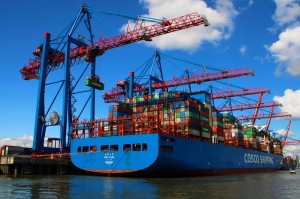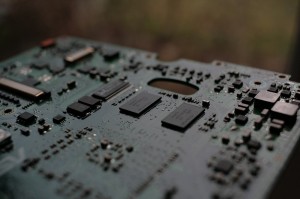Electronic component backlog inventory solutions
Rapidly evolving technology creates a constant demand for new and improved electronic components. As new chip versions are developed and older chip types are retired, manufacturers face serious obsolescence and end-of-life (EOL) challenges. End-of-life manufacturers experiencing shortages often purchase hard-to-find or high-demand components in larger quantities than necessary to ensure there are sufficient supplies for future use. However, once the shortage has passed and supply has caught up, OEMs and EMS companies may find a large surplus of components.
During the 2018 component shortage, several MLCC manufacturers announced the discontinuation of certain products, citing that the product had entered the EOL phase. For example, Huaxin Technology announced in October 2018 that it was discontinuing its large Y5V MLCC products, while Murata said it would receive the last orders for its GR and ZRA MLCC series in March 2019.
After a shortage in 2018 when companies stocked up on the popular MLCCs, the global supply chain saw additional MLCC inventories in 2019, and it took until late 2019 for global MLCC inventories to return to normal levels.
As the lifecycle of components continues to shorten, excess inventory is becoming a constant problem in the supply chain.
It's not ideal to hold more inventory than necessary. It can adversely affect your bottom line, takes up warehouse space and increases operating costs. For OEM and EMS companies, inventory management is key to the profit and loss (P&L) statement. Yet, a strategy for managing inventory is essential in a dynamic electronics market.








